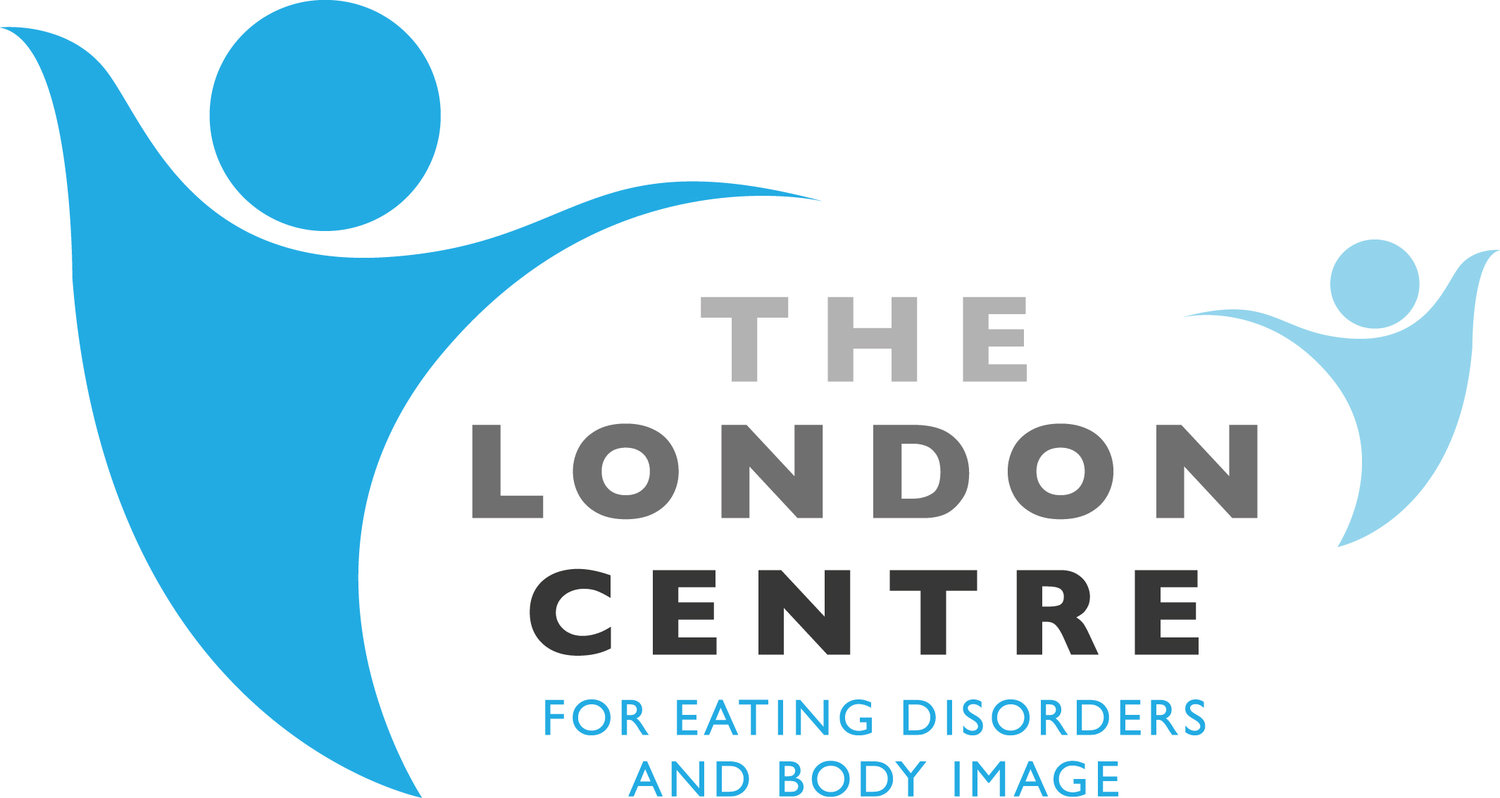Specialist Treatment for Eating Disorders at The London Centre
Cognitive Analytic Therapy
What is CAT?
CAT is a form of therapy that looks at the way a person thinks, feels and acts in the present and how this is informed by the patterns that have occurred in their experiences and relationships since childhood. It draws on both cognitive and psychoanalytic therapy, but is time limited. Typically, CAT will last for 16, 24 or 32 sessions. It has a clear progression, starting with assessment and reformulation (a way of understanding the difficulties someone is having), followed by a period of focus on change, before a clear ending including therapeutic ending letters. Whilst a range of techniques may be employed, it focuses on using the therapeutic relationship to help you make sense of what is happening and to find ways to get out of any unhelpful patterns that have developed in your life.
Why choose CAT?
CAT can be used to treat the spectrum of eating disorders from anorexia nervosa to bulimia nervosa, OSFED to binge eating disorder, because eating disordered behaviours can be tackled alongside the underlying intra- and interpersonal factors maintaining the eating difficulties. CAT takes a very collaborative stance (therapist and client working together towards a shared understanding to meet shared goals). Unhelpful patterns in experiences and relationships are identified through open discussion about issues, and through patterns that may reoccur within the therapeutic relationship. It is therefore a good choice for people who find relationships, including the therapeutic relationship, challenging, or who experience high ambivalence towards change.
who is CAt helpful for?
CAT is becoming more popular in the treatment of eating disorders. The broad focus of CAT means that co-morbid personality difficulties and psychiatric symptoms (such as substance misuse, depression and self harm) can be addressed within the therapy, where they are often seen as exclusion criteria in other forms of therapy.
CAT can be used with adolescents and adults with eating disorders and has the advantage of being flexible enough to be used with individuals, groups and families.



